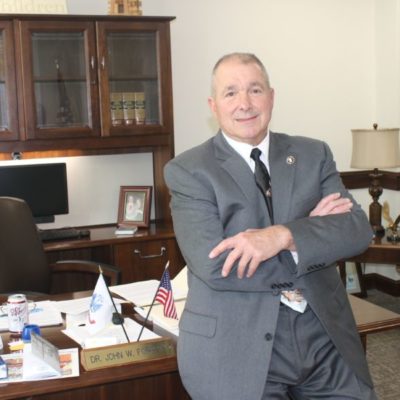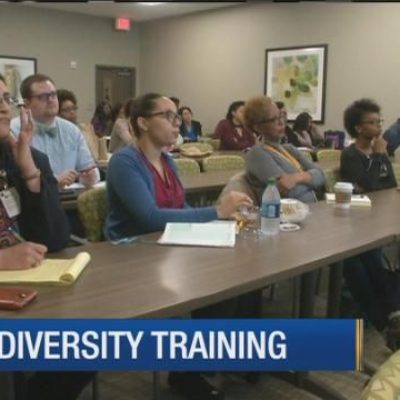University of North Georgia implementing ‘Momentum Year’ to help freshmen get a taste of their major
For many college students, the toughest part of earning a bachelor’s degree is getting through those first two years of core classes and settling on a major area of study.
To help alleviate this burden, the University of North Georgia (along with other schools in the University System of Georgia) is preparing to launch its “Momentum Year” beginning in the 2019 fall semester, which aims to give freshmen a taste of their chosen degree path before it’s too late.
“Ideally you want to reduce time to graduation, which would reduce the cost to the student,” said Dr. Eugene Van Sickle, associate department head of History, Anthropology and Philosophy at UNG, and the assistant vice president of Strategic Student Success Initiatives. “We’re really ramping up the support services that we have for students to help them stay on track and make progress.”
The momentum year concept originates from within the Complete College Georgia program, which was established in 2011 to increase the percentage of the state’s population with some level of college education to 60 percent from 42 percent by 2020.
In Georgia’s public colleges and universities, 42 percent of full-time bachelor’s degree students will not graduate within six years, according to a recent report from the Georgia Budget & Policy Institute. And about 15 percent of freshmen do not return for their sophomore year.
The momentum year, which is tailored to the needs of each institution and its student demographics, includes having freshmen select a “meta-major,” such as in the social or health sciences, for nine credit hours.
Freshman students will also take English and math courses that better align with their “meta-major.”
Students are expected to complete at least 30 credit hours in their first year.
Van Sickle said that because many students are undecided on a major when entering UNG, or change their major along the way, the momentum year is designed to provide “intentional advising” and mentoring to educate students about different degree paths and match their interests with their abilities.
“What momentum year is really about is for institutions like ours to look at all of our processes in terms of how well we coordinate all our resources,” he added.
The momentum year can also improve efficiencies for UNG. After all, there is only so much faculty and class space available.
And time and resources can grow thin when students are “swirling around” and creating a bottleneck by jumping from major to major, Van Sickle said.
“If you do a better job of getting them into the right fit, you can take those resources and put them somewhere else,” he said.
UNG has already “folded in some pieces” of the momentum year within its broader freshman orientation program.
The remaining challenge?
“In terms of bringing this to full implementation, it’s really an issue of staffing,” Van Sickle said.
What is Momentum Year?
- Helping students make a “purposeful choice” when selecting a program of study
- Assisting students in developing an “academic mindset” that promotes academic success
- Clearly sequenced pathways that include in the first year:
- A total of 30 credit hours
- Nine credit hours in “meta-major” focus area
- Core English and math courses
Source: University System of Georgia
[Read more at Gainesville Times]


